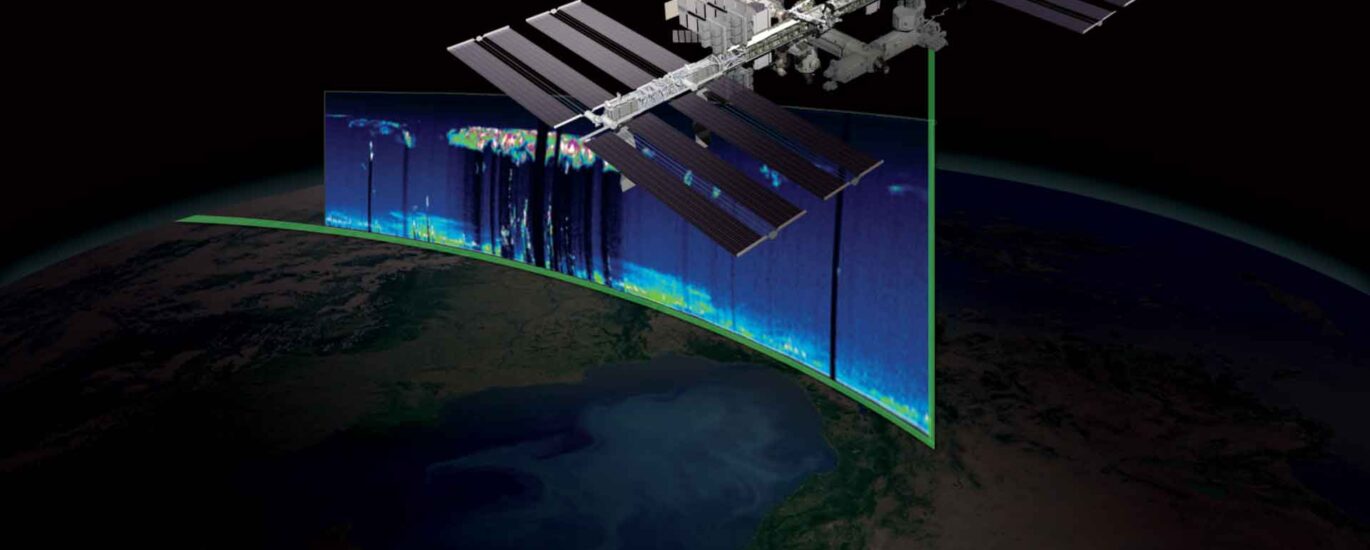In 2022, the size of the worldwide remote sensing services market was estimated to be US$15.7 billion. In 2023, sales of remote sensing systems are expected to bring in US$ 18.4 billion in revenue. Demand is expected to rise at a 14.0% annual growth rate (CAGR) between 2023 and 2033. By 2033, sales are projected to reach US$ 68.0 billion.
Remote sensing services are available everywhere because to a global satellite network. Various satellite data sources enable specialized solutions made to meet the demands of particular industries. The market for remote sensing services is expanding, which propels economic growth in the space technology industry. Satellites for earth observation are useful for tracking deforestation, climate change, and other important environmental variables.
Governments and defines agencies leverage satellite data for national security and policy decision-making. An expanding market attracts more players, fostering competition and innovation in remote sensing services. Earth observation data can be integrated with the Internet of Things (IoT) for enhanced analytics and applications. The abundance of satellite data fuels the growth of data analytics and machine learning applications in remote sensing services.
Get a closer look at the market. Request for your Sample Copy: https://www.futuremarketinsights.com/reports/sample/rep-gb-17920
Remote sensing technologies are crucial for monitoring climate patterns, such as temperature changes, sea-level rise, and melting ice caps. Governments and organizations use this data to formulate climate policies and adaptation strategies. Remote sensing can provide real-time data on natural disasters like wildfires, hurricanes, and floods. This information is vital for disaster response and recovery efforts.
Precision agriculture relies on remote sensing to optimize crop management, conserve water resources, and reduce the environmental impact of farming practices. Remote sensing helps track changes in ecosystems, deforestation, and habitat loss. Conservationists use this data to protect endangered species and preserve biodiversity.
With the global trend of urbanization, remote sensing assists in urban planning by monitoring land use, assessing infrastructure needs, and managing urban growth sustainably. The renewable energy sector, including solar and wind power, relies on remote sensing for site selection, resource assessment, and performance monitoring of energy installations.
Remote sensing can monitor compliance with environmental regulations, such as emissions tracking and pollution detection, ensuring companies adhere to sustainability standards. Remote sensing also aids in monitoring water quality, identifying pollution sources, and managing water resources effectively. Such ability is crucial to combat climate-related water scarcity worldwide.
Restoration projects often use remote sensing to assess the success of reforestation, wetland restoration, and other ecosystem rehabilitation efforts. The insurance sector utilizes remote sensing data to assess and price climate-related risks, especially in regions prone to natural disasters. Climate scientists, ecologists, and geologists rely on remote sensing data to conduct research and advance our understanding of environmental changes.
Key Takeaways from the Remote Sensing Services Market:
- The global remote sensing services market is projected to witness a CAGR of 14.0% between 2023 and 2033.
- Regarding the platform, the satellite division is expected to expand at a CAGR of 13.8% between 2023 and 2033.
- By resolution, the spatial segment is anticipated to exhibit 13.6% CAGR through the projected period.
- The United Kingdom will likely hold US$ 2.7 billion in the global market by 2033.
- Japan will likely dominate the market with a CAGR of 15.2% throughout the projected period.
“Rising concern about environmental monitoring and security is likely to aid demand for remote sensing services through 2033. Key manufacturers are expanding services beyond traditional remote sensing through data analytics, machine learning, and AI. Governments and related agencies are likely to remain key users of these services. Manufacturers would do well to shape their products and services to cater to this specific user segment over the forecast period.” – says a lead Future Market Insights (FMI) analyst.
Request Report Methodology: https://www.futuremarketinsights.com/request-report-methodology/rep-gb-17920
Competitive Landscape – Regional Trends:
The Remote Sensing Services Market is highly competitive, with various regional trends shaping its landscape. As North America continues to dominate the market, Asia-Pacific is swiftly emerging as a major player, driven by technological advancements and increased investments in the sector. Europe, with its focus on sustainable environmental practices, is also a significant contributor to the market’s growth.
Recent developments in the Remote Sensing Services Market:
- In December 2021, Maxar Technologies announced contract extensions with three long-standing worldwide defense and intelligence clients. The three contracts, which are each worth more than $100 million, expand customers’ access to Maxar’s existing constellation through the Direct Access Program by enabling them to immediately execute to download 30 cm-class imagery from satellites to their ground stations.
- In June 2021, Airbus was given a 12-month contract by the Royal Navy of the United Kingdom to continue its satellite-based maritime surveillance operations through the Joint Maritime Security Centre (JMSC).
Key Players in the Market
- Antrix Corporation Ltd
- Cyberswift LLC
- DigitalGlobe
- Ekofastba S.L
- Geo Sense Sdn. Bhd
Drivers and Opportunities:
The global Remote Sensing Services Market is witnessing a remarkable surge in Earth-observing satellites orbiting our planet. These satellites provide invaluable high-resolution data and images catering to a wide array of applications, including agriculture, environmental surveillance, and disaster management. The proliferation of satellites translates to an exponential increase in the availability of remote sensing data.
The technological advancements in satellite systems have significantly improved data accuracy, elevating the reliability of remote sensing services. Additionally, the escalating competition in the space industry has led to cost reductions, making remote sensing services more accessible and cost-effective. The expanding satellite constellation is opening doors to innovative applications, ranging from disaster management and urban planning to forestry monitoring.
Restraints:
Despite the promising growth, the Remote Sensing Services Market faces certain challenges. Regulatory hurdles and privacy concerns related to satellite data collection and usage may pose obstacles. Additionally, the industry needs to address the issue of space debris to ensure the long-term sustainability of satellite operations.
Seize the opportunity for exponential growth – click to buy the report! https://www.futuremarketinsights.com/checkout/17920
Remote Sensing Services Market Outlook by Category
By Platform:
- Satellites
- UAVs
- Other
By Resolution:
- Spatial
- Spectral
- Radiometric
- Temporal
By End Use:
- Commercial
- Defense
By Region:
- North America
- Latin America
- Western Europe
- Eastern Europe
- East Asia
- South Asia and the Pacific
- Middle East and Africa
Author:
Sudip Saha is the managing director and co-founder at Future Market Insights, an award-winning market research and consulting firm. Sudip is committed to shaping the market research industry with credible solutions and constantly makes a buzz in the media with his thought leadership. His vast experience in market research and project management a consumer electronics will likely remain the leading end-use sector cross verticals in APAC, EMEA, and the Americas reflects his growth-oriented approach to clients.
He is a strong believer and proponent of innovation-based solutions, emphasizing customized solutions to meet one client’s requirements at a time. His foresightedness and visionary approach recently got him recognized as the ‘Global Icon in Business Consulting’ at the ET Inspiring Leaders Awards 2022.
About Future Market Insights (FMI)
Future Market Insights, Inc. (ESOMAR certified, recipient of the Stevie Award, and a member of the Greater New York Chamber of Commerce) offers profound insights into the driving factors that are boosting demand in the market. FMI stands as the leading global provider of market intelligence, advisory services, consulting, and events for the Packaging, Food and Beverage, Consumer Technology, Healthcare, Industrial, and Chemicals markets. With a vast team of over 400 analysts worldwide, FMI provides global, regional, and local expertise on diverse domains and industry trends across more than 110 countries.
Contact Us:
Future Market Insights Inc.
Christiana Corporate, 200 Continental Drive,
Suite 401, Newark, Delaware – 19713, USA
T: +1-845-579-5705
For Sales Enquiries: sales@futuremarketinsights.com
Website: https://www.futuremarketinsights.com
LinkedIn| Twitter| Blogs | YouTube





